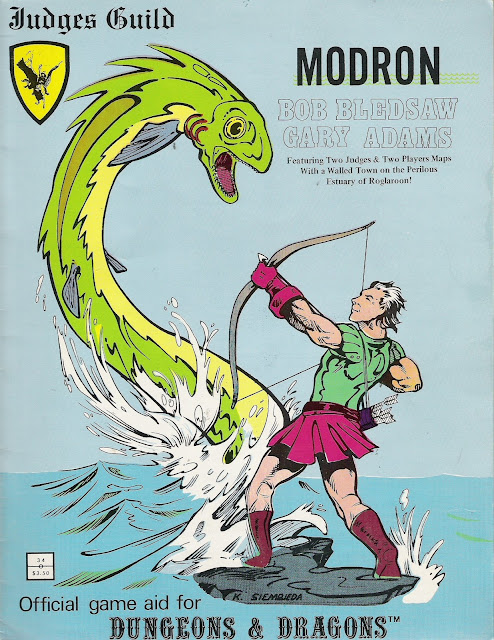The desert is a waste of sand, which blows into great dunes,
and round hills. The hills and dunes are cut with gullies terraced with strata
of pinks, reds, and browns. Salt crystallizes on the surface, giving
northerners the impression of snow. What few pools of water exist are too salty
to drink. It is consistently hot, and there is very little rain.
Inhabitants include two-humped, shaggy camels, centipedes,
gophers, desert jackasses, lizards, rats, mice, sheep (near oases), falcons,
hawks, Raurin horses, vipers, sand cats, foxes, vultures, jackals, scorpions,
and tortises. More fantastic creatures include cockatrices, brass dragons,
brown dragons, blue dragons, copper dragons, dragonnes, dustdiggers, firenewts,
hill giants, jackalweres, lamias, pyrolisks, rocs, sand boas, sandlings, giant
tarantulas, thri-kreen, giant striders, giant bats, fire toads, ogres, purple
worms, manticores, thunderherders, skriaxits, desert wraiths, hieracosphinxes,
dracosphinxes, dao, and a handful of djinn, jann, and rogue efreet.
After the fall of the empire, an ancient city sought to
carve itself a new empire from the desert wastes. It succeeded for a time,
gaining control of most of southern
portion and traded extensively with neighbors.
Slowly, however, as the desert
spread further and as barbarian invaders cut ties with the neighboring lands, it lost its
grip on its territories. After a succession of weak kings over a period of
centuries, there was only the city itself.
Since that time, many other desert kingdoms have, though
none equal the great lost empire.
A great river flowed northward, creating a fertile corridor
that ran by a garden city, a major oasis, and another kingdom. The river was caused to dry up by a curse,
and the river valley subsequently became
barren. The trade routes once used were covered by sand.
Eventually, though, the demand for trade grew great enough
for caravans to attempt to make the crossing once again. The journey to the dry
valley was deadly, but it could be made, and subsequently a Guild has made it
their business to run caravans through the desert.







